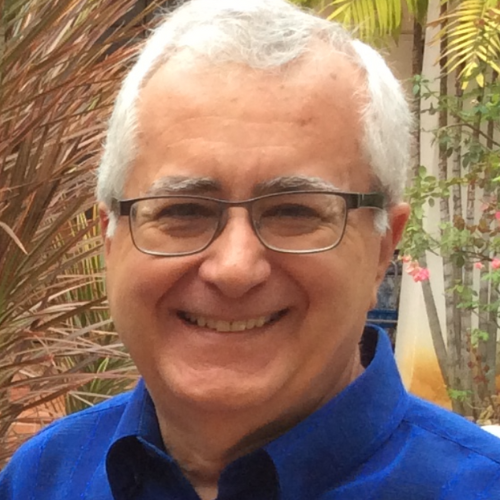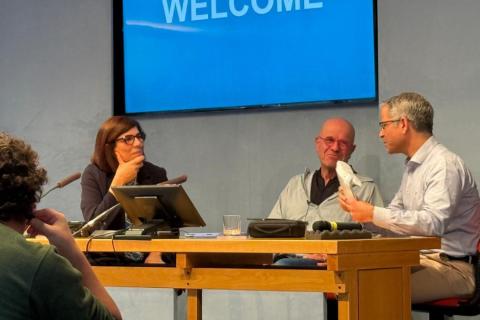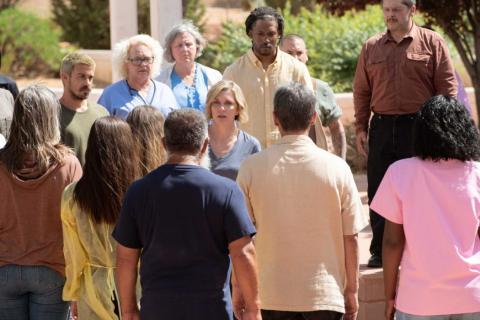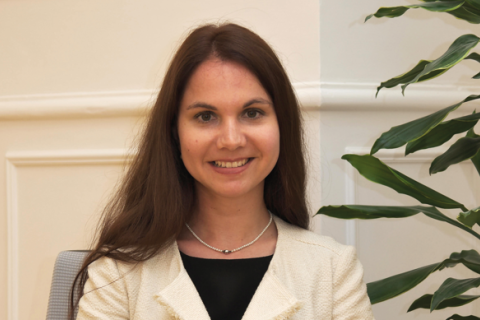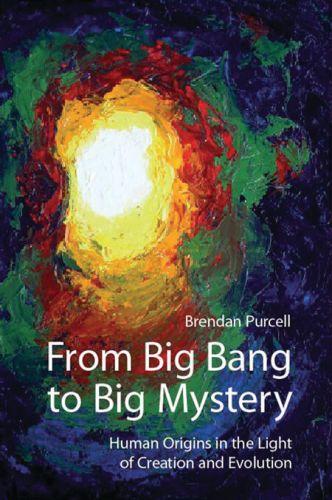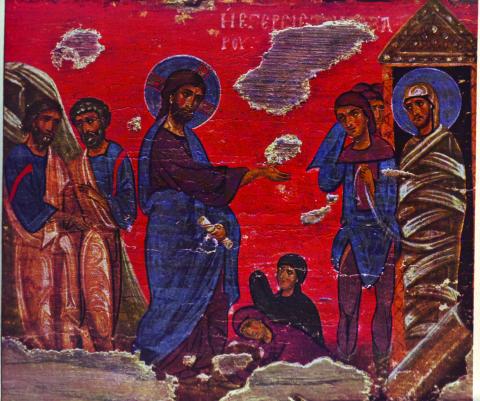I acknowledge with gratitude and respect that I reside on the traditional, ancestral and unceded lands of the Kwikwetlem First Nation, a Coast Salish People.
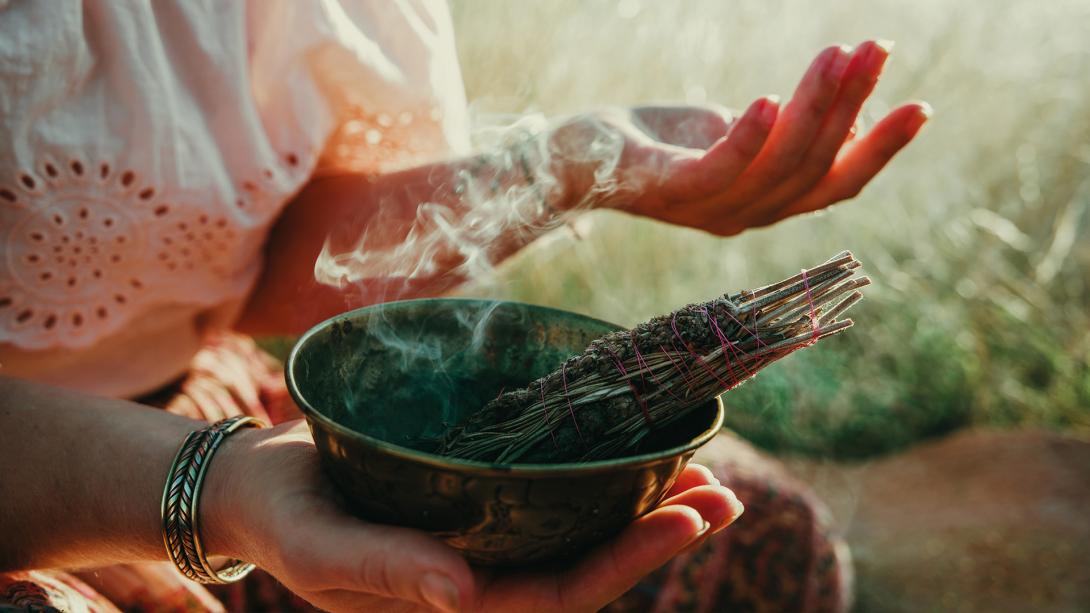
© Photo by Hot Chip | stock.adobe.com
Decolonization is a process. It is not about turning back the clock. Rather, it is about finding a way forward that allows for the restoration of Indigenous culture and traditional ways, as stated in the 2007 United Nation’s Declaration on the Rights of Indigenous Peoples. Article 12 of the declaration is relevant to our topic. It reads: “Indigenous peoples have the right to manifest, practise, develop and teach their spiritual and religious traditions, customs and ceremonies.”
Also relevant is the address delivered at the United Nations on May 16, 2007 by Archbishop Celestino Migliore, Permanent Observer of the Holy See at the time. After conveying the Church’s disappointment at the delay in ratifying the declaration, Msgr. Migliore reiterated the particular importance that the Church attached to the document, expressing the hope that it would soon be adopted.
It is worth noting that only four countries voted against: Canada, USA, New Zealand and Australia. These four nations reversed their positions some years later, but in a non-committal manner by including terms such as “aspirational” and “non-binding” in their statements. Finally, in 2020, the Canadian Parliament introduced a bill making the UN declaration binding; the bill received Royal Assent on June 21, 2021.
Pope Francis’ Penitential Pilgrimage
The issue of Indigenous rights remains an important topic in Canada a year after Pope Francis’ historical visit, during which he asked for forgiveness for the role of the Catholic Church in the process of colonization.
On Monday, July 25, 2022, in Maskwacis, Alberta, the pope said, “When the European colonists first arrived here, there was a great opportunity to bring about a fruitful encounter between cultures, traditions and forms of spirituality. Yet, for the most part that did not happen.” Quite the opposite is true. Nonetheless, there are some signs that the long-overdue encounter might still be possible.
From Maskwacis, the pope travelled to Edmonton, where he visited the Sacred Heart Church of the First Peoples: “We are a unique Catholic community of Indigenous peoples and settlers who pray together using symbols, music, and rituals which are meaningful to our People and to our culture. …. As the National Catholic parish for First Peoples in Canada, we use sweetgrass, sage, cedar, and tobacco, as well as drums in our liturgy, and we sing songs that speak deeply to us.”
In fact, Pope Francis’ entrance was preceded by a smudging ceremony, an ancient tradition that begins with the burning of the sacred leaves. The ritual continues with the participants drawing the aromatic smoke over their heads, eyes, ears, mouths and bodies as a reminder that our thoughts, sight, hearing, speech and actions are to show the good of who we are.
In his address at the parish, the pope referenced some unique features of the interior of the church, the “tree trunk [that] symbolically unites the earth below and the altar on which Jesus reconciles us in the Eucharist,” and the “symbolism of the cardinal points [which are given] a Christological meaning. Jesus, through the four extremities of his cross, has embraced the four cardinal points and has brought together the most distant peoples.”
Seeds of the Word
Such openness to Indigenous spiritualities and symbols is of recent origin, dating to the Second Vatican Council. In its decree Ad Gentes, we read: “In order that [Christians] may be able to bear more fruitful witness to Christ, let them be joined to those [people among whom they dwell] by esteem and love … [and] be familiar with their national and religious traditions; let them gladly and reverently lay bare the seeds of the Word which lie hidden among their fellows.” (par. 11)
As the National Catholic parish for First Peoples in Canada, we use sweetgrass, sage, cedar, and tobacco, as well as drums in our liturgy, and we sing songs that speak deeply to us.
For far too long, the widely-held view was that Christianity and “pagan” religions were intrinsically incompatible. As a result, the European colonizers–who found justification for their actions in the recently rescinded Doctrine of Discovery–proceeded to usurp lands and suppress Indigenous spiritual practices throughout the Americas and elsewhere.
How can we promote and lend support to an ever-growing fruitful encounter that lays bare the seeds of the Word present in the millennial traditions of the original inhabitants of these lands?
Making ourselves one
In her Art of Loving, published by New City Press, Chiara Lubich invites us to approach others with an attitude that includes “making ourselves one”, that is, making ours their burdens, their sufferings, their joys. One could add, their cultures, their ceremonies, their spiritualities.
But how far should we go? Chiara explains: “Jesus himself gives us the answer. He made himself one with us by becoming man; he then experienced our weariness, our suffering, even to the point of death. He experienced everything that is part of being human, except sin.We must do the same, and ‘make ourselves one’ with whomever we encounter in the present moment of our lives. We must experience their cares, their sorrows, their joys, everything but sin.”
A practical approach
Sometimes practical ideas come from the most unexpected sources. For me, one such source is the work of Dale Cannon, Professor Emeritus of philosophy and comparative religion at Western Oregon University. We can extract two steps from his approach to encounters between people of different religious faiths, an approach that he termed “empathetic objectivity”. These steps may help us in “making ourselves one” and understanding how far we ought to go.
The first step is crucial: understand the symbols. For example, in the smudging ceremony, what is the significance of the plants chosen?
In the second step we enter the experience respectfully and voluntarily, to the degree that we are comfortable and in “everything but sin.”
One might be tempted to “perform” the rituals out of a misguided desire to appear empathetic or inclusive. Such an effort would only appear condescending and offensive to Indigenous people. Speaking to the Catholic Register in September of last year and referring to the use of smudging in the Catholic liturgy, Deacon Harry Lafond, Indigenous education scholar at St. Thomas More College in the University of Saskatchewan, had this to say: “The worst thing you can do is just treat it like window dressing. ‘We’ve got sage, we’ve got a match, you go at it’ — I think that would be the worst.”
Moving forward
On February 8, 2023, the Canadian Bishops issued a pastoral letter in which they call for an updating of formation, training and education programmes: “Let us all be humble and open to learning from Indigenous Elders and Knowledge Keepers present in our communities. Their faithful witness to the liberating power of the gospel is a foundation on which we can set our hope.”
Let us all be humble and open to learning from Indigenous Elders and Knowledge Keepers present in our communities.
Servant of God Nicholas Black Elk most surely fits into that category of faithful witness: “The True Peace. The first peace, which is the most important, is that which comes within the souls of people when they realize their relationship, their oneness, with the universe and all its powers. And when they realize that at the center of the universe dwells the Great Spirit, and that this center is really everywhere, it is within each of us. This is the real peace, and the others are but reflections of this. The second peace is that which is made between two individuals, and the third is that which is made between two nations. But above all you should understand that there can never be peace between nations until there is known that true peace, which, as I have often said, is within the souls of men.”
Let us make Pope Francis’ prayer at Lac Ste. Anne ours: “May the Lord help us to move forward in the healing process, towards an ever more healthy and renewed future” with Indigenous peoples everywhere.


